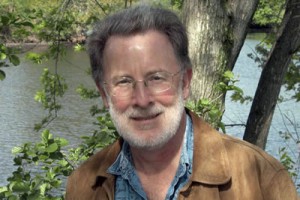
Sunday 27 Feb 2011
Citizen in Search of a Leader
Author: Robert David Steele Vivas
Summary of Qualifications
America needs a leader that is balanced, thoughtful, integrative, supportive of dissent and debate, and above all, educated enough to craft a national strategy for security and prosperity that will stand the test of time. I want a leader who is at least as committed to the future of my children as to the passing security and prosperity of the moment. Individuals obsessing on being elected or re-elected need not apply.
In my view as a citizen, there are four areas where the right individual, as a team builder rather than a personal icon, could help America restore its balance. These four areas are: 1) electoral reform, 2) intelligence reform, 3) global issues & national security reform, and 4) governance reform inclusive of corporate ethics and accountability. I would sum up the objective of all four reform initiatives with the phrase: “Creating a Smart Nation, Of, By, and For the People.”
The full essay: Citizen In Search of a Leader
Tags: democracy, electoral reform, government, intelligence, politics, security, Steele
See Also:
Electoral Reform .. Coalition Cabinet .. Public Policy-Budget Outreach Model



